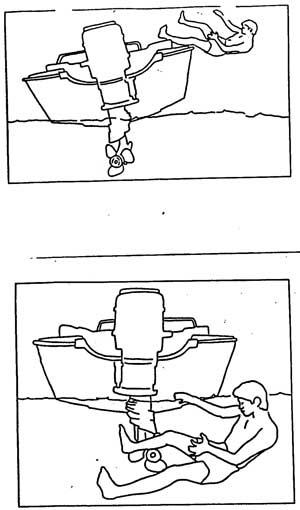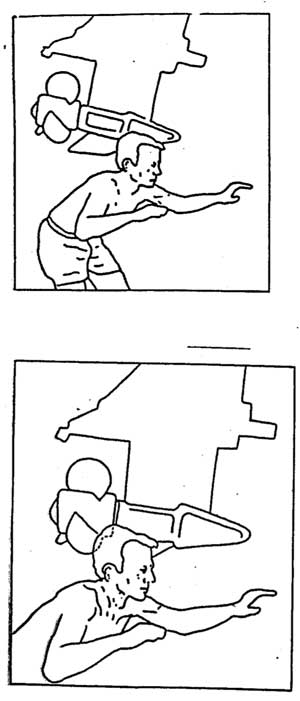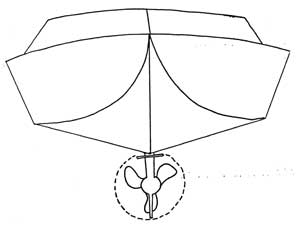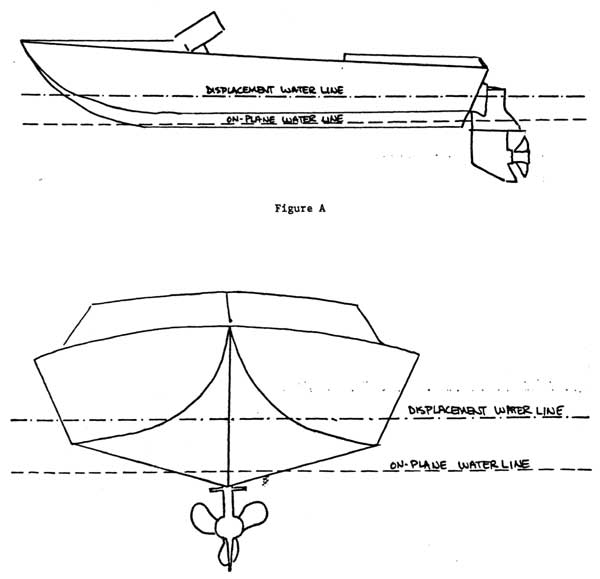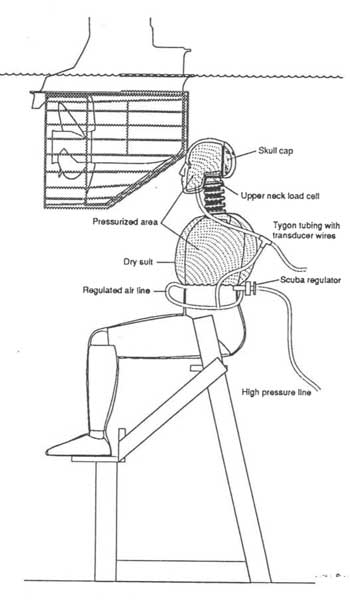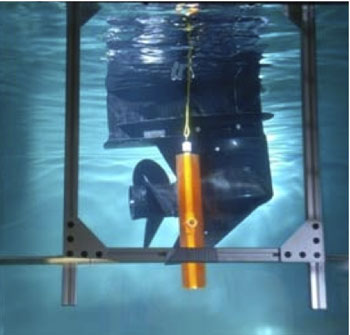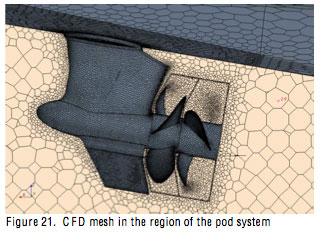Hydrodynamics of Propeller Accidents – Part 1 the History
Little research has been done surrounding the hydromechanics of people / swimmers/ man overboard encounters with propellers or propeller guards. We will now explore this field, some of the opportunities it presents, and some recent research that looks very applicable to studying the hydrodynamics of human / boat / propeller / propeller guard interactions. We will begin by exploring the history of what has been done to date.
An 14 August, 1987 letter from Lawrence Thibault (an expert witness) to Stephen R. Bolden (a lawyer working propeller cases) summarizes 19 boat propeller accidents and includes a series of sketches showing how the victims encountered the propeller. While this was not a study of hydrodynamics, it was among the first to graphically represent the movements of more than one victim prior to being struck by a propeller.
The well known 1989 National Boating Safety Advisory Council (NBSAC) Propeller Guard Subcommittee Report
discussed how the hydrodynamics of propeller guards can impact boat handling issues (boat tries to plane on flat surfaces), pointed out the dangers from the increased cross sectional area presented by propeller guards (more likely they will strike people), noted how planing boats ride high in the water, and reviewed the series of sketches surrounding the 19 accidents produced by Lawrence Thibault we mentioned earlier.
In late 1990, Mercury Marine and Outboard Marine Corporation (OMC) performed a series of propeller guard tests at State University of New York (SUNY) at Buffalo in a circular tank facility now known as CRESE (Center for Research and Education in Special Environments). Those tests focused on biomechanical studies of underwater impacts of humans and a cage type propeller guard designed by Richard “Dick” Snyder of Mercury Marine. Tyler Kress (now Dr. Kress) was one of the primary researchers on that project. We took the liberty of capturing a few seconds of video from one the tests ran at SUNY back then. The video shows the layout of the rotating arm with the outboard mounted with its propeller sticking down into the circular tank.
These studies, and others have pointed out two major differences of underwater impacts vs. normal collisions.
- Water is much denser than air (NBSAC 1989 prop guard study said air was 830 times denser than air but failed to point out we weigh a lot less in water than in air which reduces the proportional severity of impacts). When your body collides with an object in water, the water provides a lot of resistance to your movement, making the collision more severe. The NBSAC 1989 report said a one mile per hour collision in water is equivalent to a 29 mile per hour collision in air (there are some other variables to take into account, but in water collisions can be much more severe).
- Once struck, it is not just your body moving through the water, some of the water moves with your body as well. Researchers use the term “added mass” or “virtual mass” to describe this phenomena. Wikipedia describes added mass as the inertia added to a system because accelerating or decelerating it must move some volume of the surrounding fluid as well. Added mass increases the severity of underwater collisions.
Considerable objections have been raised to the processes and intent of the original SUNY testing, but it is now twenty plus years later and we have not come far since then.
The last several years, the United States Coast Guard (USCG) has contracted with CED Technologies to develop a protocol for testing propeller guards. The human factors portion of that work returned to SUNY and attempted to gain some insights into how bodies might be hit or entrapped by a propeller guard depending on their distance from the center line of the propeller, boat speed, boat direction, etc. We pointed out the fallacy of conducting these tests without including the interaction between propeller and boat hulls in our post, The Emperor Has No Boat – SUNY Propeller Guard Testing. In that same post we suggested tests might be conducted with a boat at a large U.S. Navy test facility called Carderock.
CED Technologies’ SUNY testing has focused on the use of suspended chimes constructed from PVC pipe with ballistic gelatin formed to them to represent human limbs. The chimes are hung at various horizontal distances from the center line of the propeller and approached at various speeds in forward, reverse, and from rest.
In our post on the Use of Computational Fluid Dynamics (CFD) in the Testing and Modeling of Propeller Guards, we pointed out Mercury Marine, a Brunswick Corporation company, has been using Computational Fluid Hydrodynamics (CFD) software to evaluate the interactions between boat hulls, marine drives, and propellers, but they have not yet added propeller guards to their CFD system (at least not publicly). The image at right of one their CFD meshes (choice of sizes and shapes of cells) around a boat hull, Zeus pod drive, and propeller comes from a technical paper Mercury Marine presented in 2010.
We have suggested expanding the use of CFD to analyzing propeller guards as well as including models of humans in the system such as the U.S. Government’s SantosHuman avatar to better understand the hydrodynamics of the interactions between humans, boat hulls, marine drives, propellers, and propeller guards.
We are aware people have struck all kinds of things with propeller guards (deceased animals, huge sausage links, large vegetables, even blow up dolls) but those tests did not focus on how the object entered the propeller or attempt to define any specific areas of risk. Similarly we are aware of testing in which a stunt man repeatedly went off the bow of a pontoon boat into a propeller guard, but again that testing did not focus on his path to the propeller.
We are also aware of ladder testing in which participants boarded a rocking boat with a non-rotating propeller while researchers filmed their techniques and proximity to the propeller. Those tests did not include the hydrodynamics of a rotating propeller.
That reasonably wraps up the current status of the study of the hydrodynamics of human interactions with boat hulls, marine drives, propellers, and propeller guards as of mid 2011. Nobody seems to have done any studies of the flow of humans past a boat hull and into the propeller. Our next post will focus on some current research in another field that uses techniques and methods that appear like they could also be used to study the hydrodynamics of people near boats, boat hulls, propellers, and propeller guards.
Continue to Hydrodynamics of Propeller Accidents Part 2 – Right Whale Collision Research
